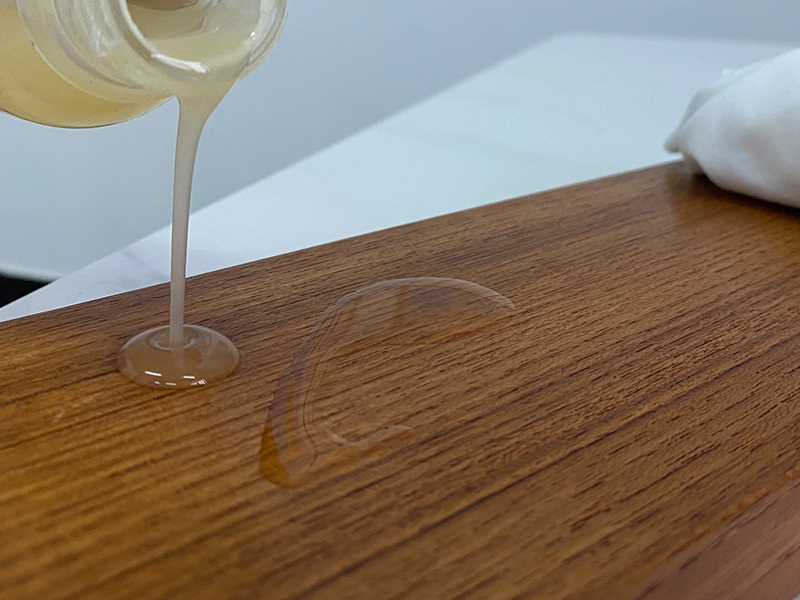1. Ingredients: Water based paint is diluted with water, and the main components are resin and water; Oily paints use organic solvents (such as pine perfume) as diluents, and the main components are resins and solvents.
2. Environmental friendliness: Water based paint has less pollution because it uses water as a diluent, resulting in lower volatile organic compound (VOC) content and minimal impact on the environment and human health; Oil based paints contain a significant amount of volatile organic compounds, which have a certain impact on the environment and physical health.
3. Odor: Waterborne paint produces a smaller odor during the drying process, while oil-based paint has a larger odor due to the use of organic solvents.

4. Safety: Due to its compositional characteristics, water-based paints have lower requirements for fire sources and lower fire risks; And oil-based paint needs to pay attention to fire prevention.
5. Performance: Water based paint has relatively poor wear resistance and weather resistance, but dries quickly; Oil based paints have better wear resistance and weather resistance, but their drying speed is slower.
6. Price: The production cost of water-based paint is relatively high, so the price is usually higher than that of oil-based paint.
7. Scope of application: Water based paint is suitable for indoor walls, furniture and other places with high environmental requirements; Oil based paint is suitable for outdoor steel structures, wood and other places that require higher wear resistance and weather resistance.





















